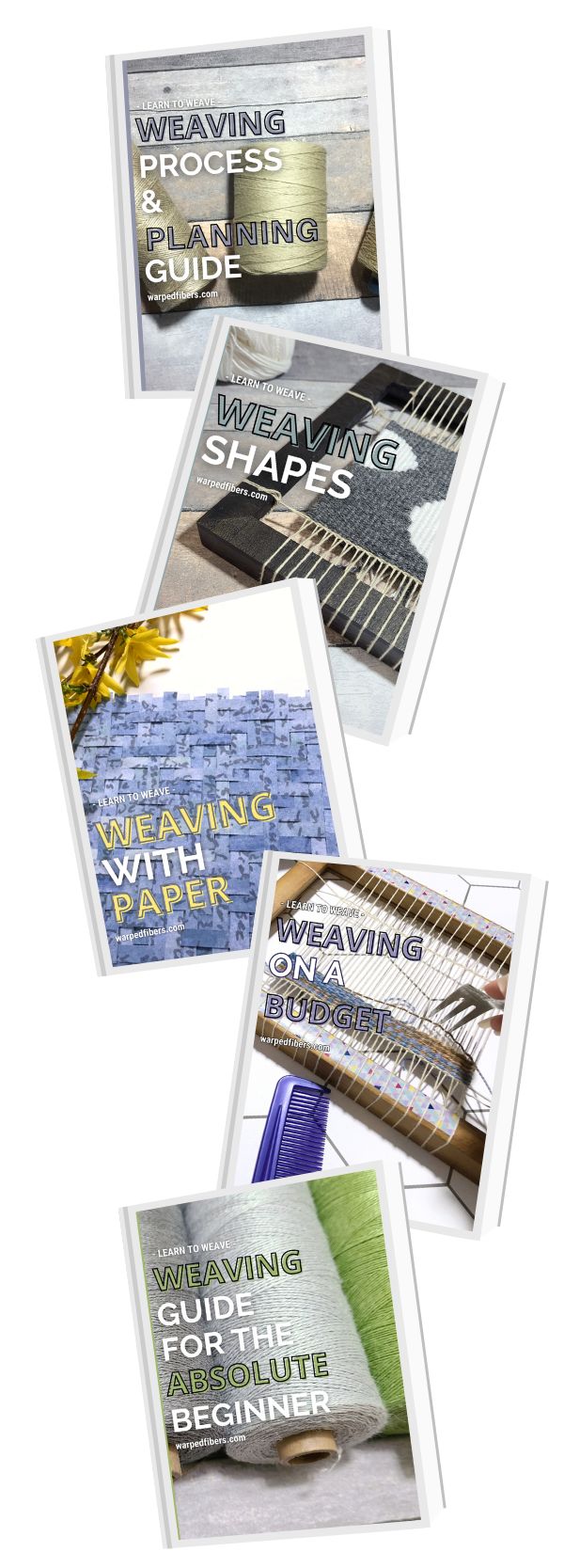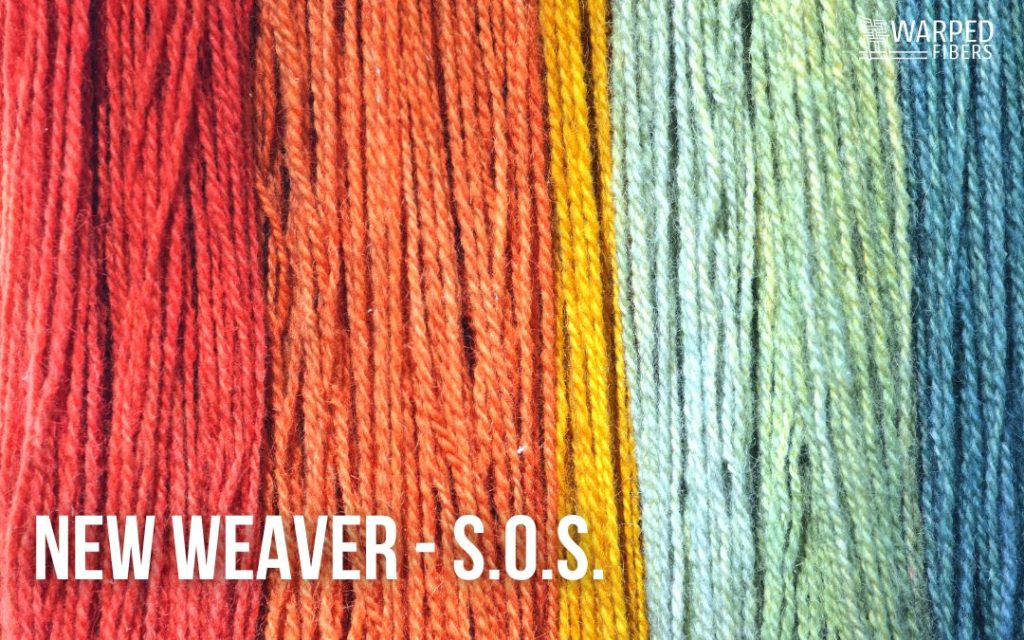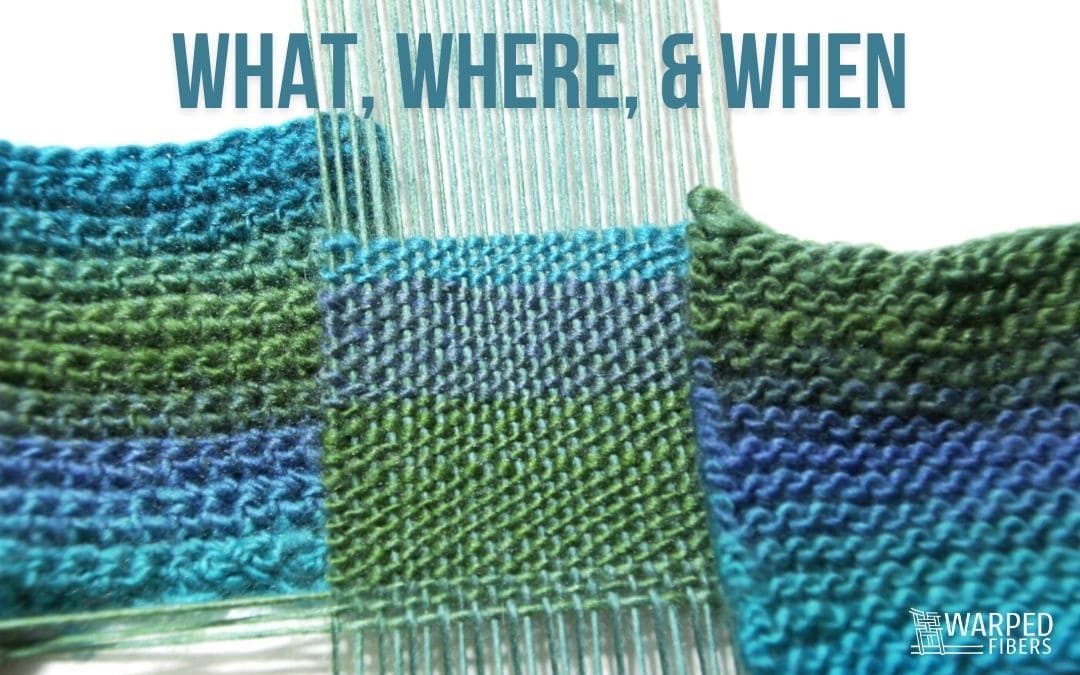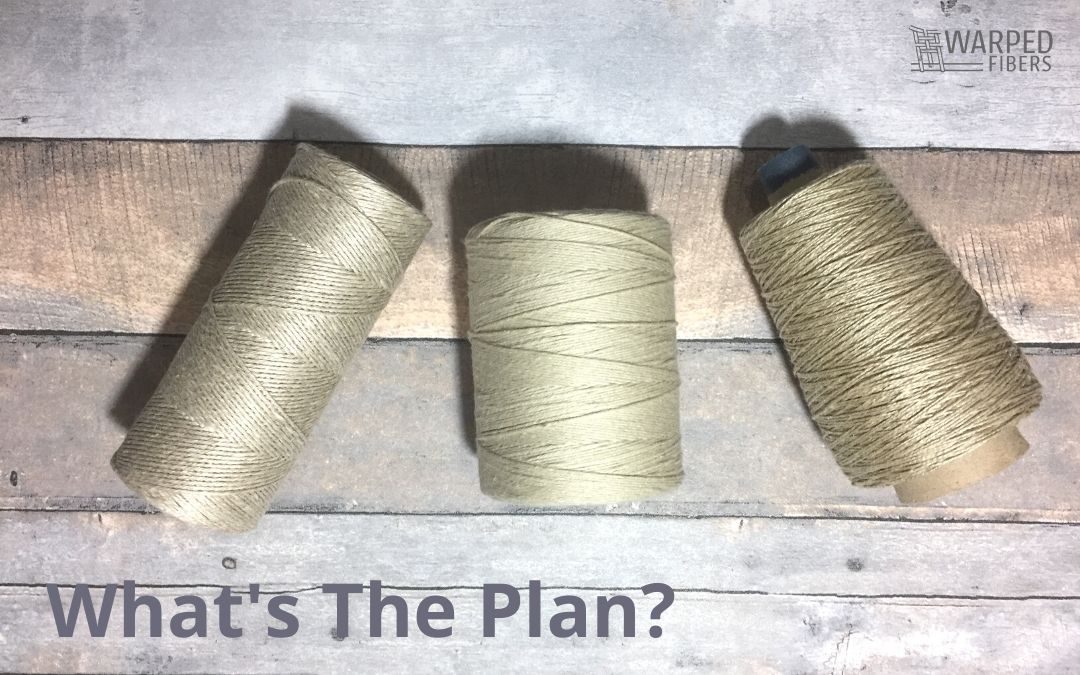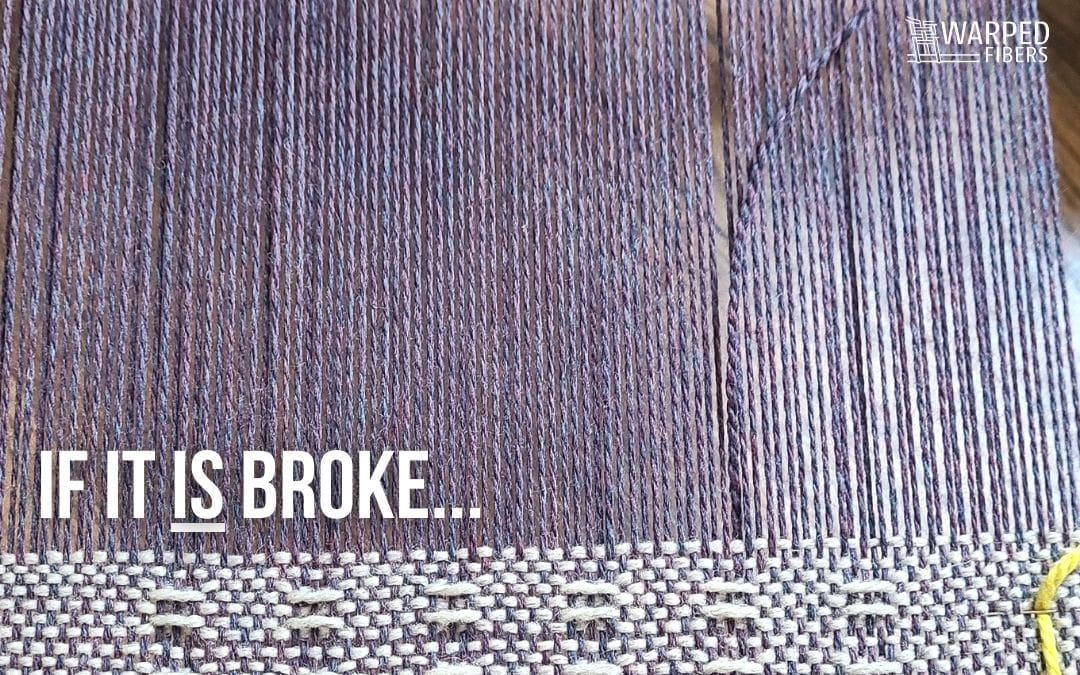I did not get my first tapestry beater until years after I started weaving. This may be a surprising thing to say considering this post, but they are not a necessary part of weaving.
Just because they are not necessary, though, does not mean that they are not helpful!
Like most things, different tapestry beaters have different pros and cons. Not to mention that personal preference and price may play a vital role in choosing the option that is right for you.
While you can purchase a bunch of tapestry beaters to try and see what you like best – more than likely you will want to find one that works for you and stick with it. Choosing what is best for you means learning about your options.
This page may contain affiliate links. If you purchase something through these links then I will receive a small commission – at no extra cost to you! Please read our DISCLAIMER for more info. Thanks for the support!
What is a tapestry beater?
Tapestry beaters are handheld tools that you use to compress your weft yarn. These tools help you to “beat” your weft into place by pushing it down and around the warp yarn. They are also sometimes called weaving forks, weft beaters, or weft combs.
Depending on what loom you use you may already have a beater attached to it. The beaters attached to your loom are fantastic for when you are weaving anything with continuous weft such as patterns. That is because due to their width and stability they work best when your weft goes across your entire weaving.
When you are weaving tapestry you will more than likely be weaving up smaller areas at a time. Since tapestry beaters are much smaller than attached beaters it makes them perfect for use in these small areas.
Wood vs. plastic tapestry beaters
Wood tapestry beaters are the traditional option.
These beaters are usually a beautiful addition to your studio and can be a clear extension of your wood loom. They are also the most common type of tapestry beater that you will find and therefore have the most options to choose from. These different options will be discussed a little bit later in the post.
While they are generally very sturdy – if they are fully wood then the thin tines can be prone to breaking. I have dropped my beater on more than one occasion off of my loom and it has a few chips in the wood (see image above.) These can be sanded out, so it is not a total disaster, but they could require this extra work.
Despite this, my Navajo weaving fork (pictured above) is one of my favorites because it has a really good feel in the hand. The wood handle is smooth and the curves feel good in my hand. While it does not add to how good the beater is – it is also the first one I ever bought. It is a great size and weight for an everyday tapestry beater.
If you are worried about chips in your beater then you have the option to attach your beater to your loom by using some extra yarn. This will not only keep you from dropping and having it chip, but it will also help you to always know where it is!
There are now 2 ways to take it – either purchase the whole course at once for a discount or “create your own” course by purchasing just the parts you want! Either way, get 10% off for being a member of the Warped Community!
While most tapestry beaters that you find will be made of wood, there are also other options that you can choose from.
So why would you go beyond the traditional wooden weaving tool?
Plastic beaters tend to be less expensive! This makes them a great option for someone looking for a dedicated tool that does not cost a lot. They are also going to be much harder to damage. Dropping one of these probably will not result in the need to sand and smooth. The biggest con of plastic is that it is plastic. If you are concerned about the use of plastic then sticking with the wood beaters would be a better option for you.
If you are considering a plastic tapestry beater then be aware that they are not always available at regular yarn and weaving shops. That is because they are more likely focused on the traditional wooden ones. If you are looking for a plastic beater then I recommend checking out Etsy.
Tapestry beater vs. tapestry comb
When looking for a tapestry beater you will have 2 options when it comes to the handle. The tapestry comb options are going to be wider and cover more area at one time. These are going to be the most like your attached beater. They work well when you are weaving wider shapes because they will let you compress the entire shape at one time.
Longer-handled tapestry beaters are usually much narrower. They are also easier to grip so they work well when you need to add some extra strength to compressing your weft. These are the most similar to weaving with a fork.
If you are wondering which option you would like best then I recommend trying out a fork or a comb and seeing which one has a better feel for you while you are weaving. This is not a definitive test, but it can help you decide what feels right.
Double-ended tapestry beater
Double-ended tapestry beaters are usually on the smaller side and have tines at both ends. Some of them have a “waist” in the middle for a more ergonomic grip, but others are just straight.
Their smaller size may be an advantage if you want something with a longer “handle”, but it is more compact. This makes this type of beater great for weaving on the go! It will take up less space, but work exactly the same.
Beyond their size, one of their biggest advantages is that they can make weaving a bit faster. This is because you do not have to fiddle while picking up your beater when you need it. Instead, every time you pick it up it will be in the correct orientation.
The one pictured above is the Schacht Double-Ended Tapestry Beater and it fits perfectly in my small travel tools bag. Despite its small size, it has the same beating area as most other tapestry beaters.
Weighted beater
Some tapestry beaters come with a weight in them that is just above the tines. This is perfect for when you need some more help packing down your weft. This is most often the case when you are weaving something that needs a really tight weave.
The added weight will take the stress off of your wrist when you have to thoroughly compress your yarn. Without this weight, you may not get the right compression, or you might tire your wrist trying. That being said, using this type of tapestry beater without rest might also tire or hurt your wrist. Only you know your body – so make sure to listen to it.
These weighted beaters are a great option for anyone wanting to weave rugs or other tightly woven fabrics.
Tapestry beaters with metal tines
Some beaters will have metal tines instead of being all one material.
An advantage of these types of beaters is that due to the tines being metal, they can be slimmer without losing integrity.
If metal or plastic beaters had tines that thin, they would be much easier to break. This makes them a good option for when you have smaller EPI weavings. They will more easily slide between the warps to pack down your weft and the smoothness of the metal helps with this.
The one pictured above is a travel tapestry beater by Threadsthruetime on Etsy. Since it is a travel beater it is on the smaller side. When I first bought it, I was actually a little worried it was too small, but after using it I found the size to be really comfortable. This beater works well for detailed weavings where you only need to focus on small areas at a time. It also comes in a larger size if you are looking for something with some more range.
The craftmanship on this beater is beautiful and you can get it in different types of wood depending on your preference!
Alternatives to tapestry beaters
There are a lot of different tools that you can use when you are weaving. Some of these tools even have alternatives that you can find around your house that work really well. The question is: do they work just as well?
Check out weaving tool alternatives here.
Tapestry beaters are one of those tools that you may not need, but they have advantages over their non-specific counterparts. Dedicated beaters are spaced correctly, some of them are weighted, and they are more comfortable to hold. Whether or not these pros will outweigh their price is something that you will need to decide for yourself.
When you are choosing your beater, make sure to think about what you want to weave and where. If you are looking for just one option then find the one that ticks the most boxes.
Shop This Post!
⇣ Love It? Share It! ⇣
You May Also Like
















